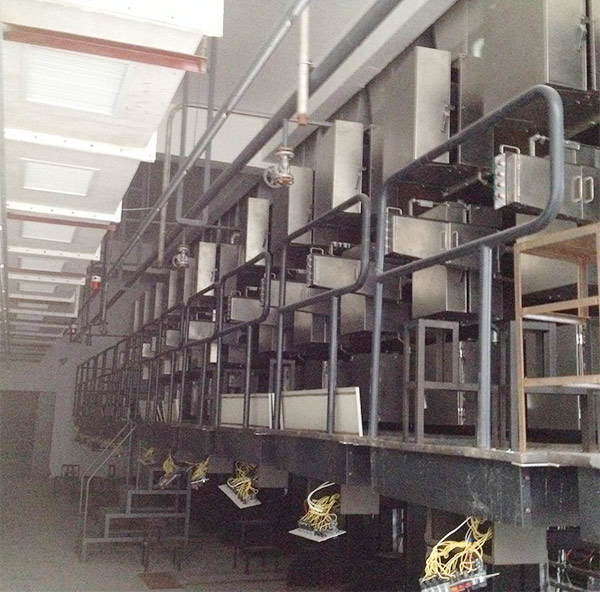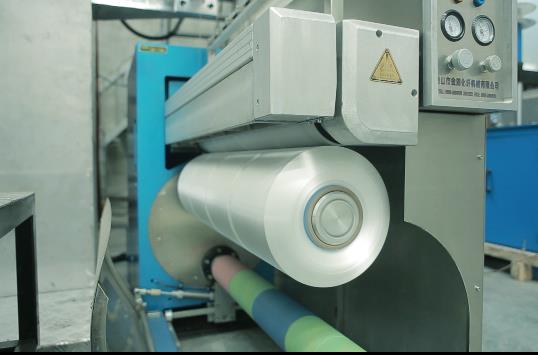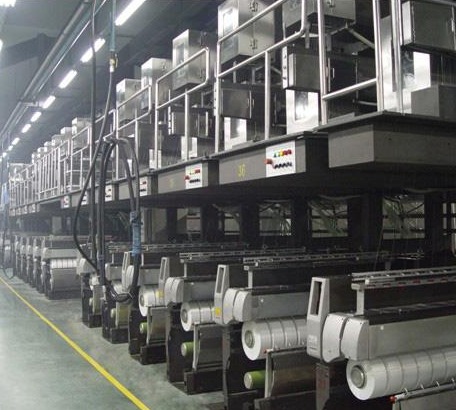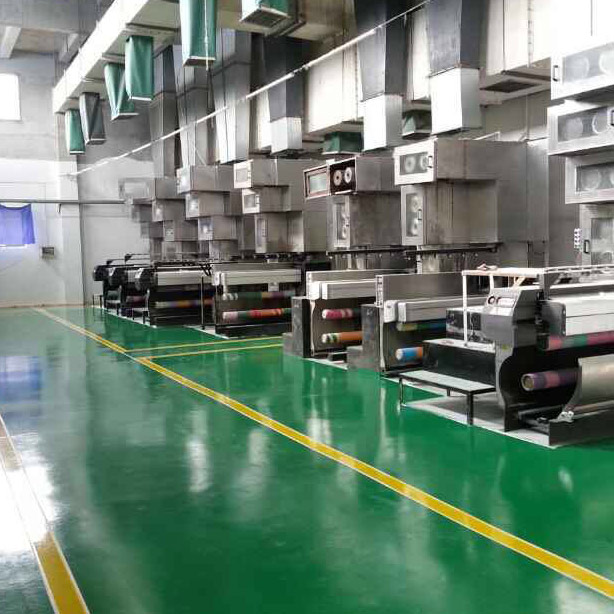- Polypropylene spinning machine
- Polypropylene FDY equipment
- Polyester POY spinning machine
- Polyamide FDY common and high strength equipment
- Polyester FDY equipment
- Polyester high strength equipment
- polyester、Polyamide、 Polypropylene BCF equipment
- Small spinning machine
- All kinds of spinning special parts
- On the Important Role of Polypropylene Spinning Machines in Chemical Fiber Production
- The 2025 China Home Textile Fashion Innovation Conference grandly kicked off in Binzhou
- Management Skills: Managing Problems = Managing Efficiency: Anchor the essence of management, Break through problems and seek results through efficiency!
- Shandong is promoting the transformation and upgrading of its textile industry through intelligent manufacturing
- Guide to Parameters of Polypropylene Spinning Machine Equipment

- Contact:Mr. Huang Guofu
- Cel:0086-13901505556
- Fax:0086-519-83341119
- Email:czfb5556@126.com
- Add:No. 288-8 ChangLi Rd, Huangli Town, Changzhou, JS PRV.
During the Dragon Boat Festival, many textile enterprises chose not to suspend production. Employees gave up the time to reunite with their families and stayed on the production lines. This phenomenon undoubtedly reveals the tense situation of the market supply and demand relationship. The fierce competition in the global clothing market has led major brands to place a large number of orders early in order to seize the opportunity of the summer market. For upstream textile enterprises, delivering orders on time has become a matter of life and death. Once delayed, not only may valuable customer resources be lost, but also the competition for market share may be defeated. Therefore, enterprises have to sacrifice their employees' vacations and devote themselves wholeheartedly to production to meet the urgent demands of the market and ensure their invinciousness in the fierce market competition.
The dual nature of the textile market: "Hot commodities" and predicaments
From the perspective of products, nylon, Taslon and stretch fabrics have become the darlings of the market. Nylon fabric, with its characteristics of being light, soft, breathable and wrinkle-resistant, has become an ideal choice for summer clothing. Taslon has shone brightly in the field of outdoor and casual clothing with its advantages of being crisp, wear-resistant, washable and non-deformable. Elastic fabrics, with their excellent elasticity and extensibility, meet the wearing needs of different people in various occasions and have won wide recognition in the market. However, with the arrival of the off-season, the textile market is also facing unprecedented challenges. On the one hand, some factories have to reduce their production intensity due to the decrease in order volume, and the overall operating rate of the industry has declined accordingly. The growth of orders in the foreign trade market is sluggish. Although brand orders are stable, small-batch orders from online sales e-commerce platforms have almost vanished. The domestic trade market has also failed to witness an increase in orders, and some manufacturers have begun to reduce their production scale.
Declaration: The content and template of this article are compiled from the Internet. The copyright belongs to the original author. If there is any infringement, please inform us in time and contact us for deletion.
- The 2025 China Home Textile Fashion Innovation Conference grandly kicked off in Binzhou
- On the Important Role of Polypropylene Spinning Machines in Chemical Fiber Production
- Management Skills: Managing Problems = Managing Efficiency: Anchor the essence of manageme
- Shandong is promoting the transformation and upgrading of its textile industry through int
- Guide to Parameters of Polypropylene Spinning Machine Equipment
- The second Smart Fiber and Flexible Wearable Technology Exchange Conference was held in Na
- Minor Snow moistens the cold, craftsmanship weaves warmth: An Analysis of the Core Tempera
- Textile News: Takeout windbreakers are popular both at home and Abroad, and AI design brea
- The 6th Liaoning Province Textile and Materials Graduate Forum and Textile Young Scholars
- During the cool weather, polypropylene FDY spinning machines facilitate efficient producti




